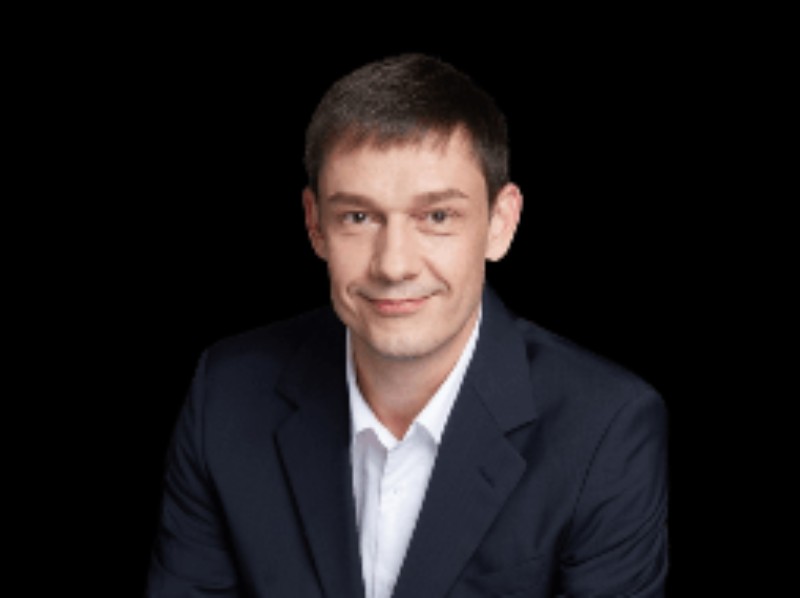Like any high-performance system, such as long-haul aviation, offshore oil rigs, or space exploration, solar and wind systems demand components that are robust, modular, and remotely diagnosable. In a utility-scale wind or solar energy farm, a single weak link can compromise system integrity and interrupt power delivery. Which is why the industry is shifting from passive, one-size-fits-all accessories to tailored, intelligent component systems that anticipate downtime risks, extend infrastructure lifespan, and reduce overall operating costs.
The 5 grid accessory innovations leading this shift are: modular 145kV connectors for offshore wind farms, pre-assembled cable systems for grid electrical systems, sensor-based components, modular cable kits, and high-performance polymers and sealing materials.
Five accessory innovations redefining reliability in wind and solar energy farms.
1. Offshore-ready connectors engineered for high-voltage resilience
Offshore wind farms face unique conditions: constant motion, salt-laden air, and high-voltage transmission requirements. Conventional connectors can corrode, loosen, or degrade over time.
The innovation: Compact, modular 145 kV connectors designed for offshore wind applications are enabling more efficient transmission from increasingly powerful turbines. Their compact design facilitates installation in constrained environments while minimizing bending forces on connected equipment such as switchgear or transformers. Engineered for long-term performance, they feature high resistance to corrosion, vibration, and pressure, making them well-suited for the harsh and demanding conditions of subsea and offshore environments.
The result: Fewer failure points, longer service intervals, and enhanced safety in locations where unplanned repairs are difficult and expensive.
2. Pre-connected cable systems that minimize human error
In remote or high-risk locations, every hour spent on electrical installation increases exposure and cost. Grid technicians often face high levels of fatigue, while installation errors such as overtightening or misalignment can compromise long-term performance.
The innovation: Factory-assembled, tested and pre-connected cable systems minimize on-site handling, which helps reduce human error and accelerate installation in challenging environments.
The result: Safer, faster installations and greater reliability from day one, especially important in demanding environments.
3. Sensorized accessories that detect failure before it happens
Failure in a joint or termination often begins invisibly due to exposure to thermal fatigue, mechanical stress, vibrations, and moisture ingress. In remote wind and solar farms, these silent failures can go undetected until a power outage occurs.
The innovation: Accessories equipped with built-in sensors that continuously monitor internal conditions such as temperature and insulation health. The sensor-generated data is directly integrated with Supervisory Control and Data Acquisition (SCADA) systems and predictive operation and maintenance (O&M) schedules, enabling smart monitoring and intelligent diagnostics. Ørsted, the global leader in offshore wind and one of the world’s largest renewable energy companies, integrates cable diagnostics and performance monitoring into its offshore substations to support early fault detection and reduce unplanned downtime.
The result: Issues are detected early, enabling preventive maintenance instead of reactive repairs. This significantly reduces downtime and helps operators move toward fully digital, condition-based asset management.
4. Modular connector kits adapted to site-specific layouts
Each solar and wind farm configuration is unique. Varying terrain, layout constraints, and project scale all affect how cable accessories are planned and installed.
The innovation: Modular connector kits tailored to site-specific layouts are now helping reduce errors and delays on large renewable projects. Each wind or solar farm comes with its own constraints (terrain variations, equipment spacing, layout geometry)—which can complicate on-site installation. To streamline this process, system modeling tools are used upstream to configure customized kits of pre-assembled connectors, adapted to the physical layout and routing paths of each site.
The result: This modular approach, inspired by practices used in offshore wind and utility-scale solar projects, ensures faster, safer, and more reliable installations, especially in remote or hard-to-access environments where technician time is limited and rework is costly.
5. Materials that resist decades of environmental stress
UV exposure, salt spray, sand, moisture ingress, hot ambient temperature and thermal cycling are harsh realities for wind and solar installations.
The innovation: High-performance polymers (such as EPDM Material) and sealing materials that resist abrasion, extreme temperature variations, and long-term weathering. These components are engineered to maintain integrity under the toughest environmental conditions, whether buried, exposed, or submerged.
The result: Accessories that withstand years of exposure without degradation, helping ensure system stability over time. Offshore wind developers now utilize vibration-tolerant junction systems to extend the lifespan of accessories in one of the harshest operating environments. As renewable infrastructure expands into increasingly extreme terrain and climate zones, long-lasting materials are proving crucial to performance and return on investment.
Innovative accessory technologies for a more resilient wind and solar energy future
As wind and solar energy take center stage in the global energy mix, connecting accessories must evolve to meet the demand for robust components that are adapted to extreme environments. Innovative accessory technologies are transforming once-passive components into intelligent, tailored, and long-lasting solutions that improve the system-wide reliability and cost-effectiveness of large-scale wind and solar farms.
Smart accessories, equipped with embedded diagnostics, connected to SCADA systems, and optimized through system modeling, are helping operators meet performance expectations while managing costs and risks.
In decentralized energy systems, even the smallest components bear the greatest responsibility. Nexans is at the forefront of advancing accessory technologies that enable uninterrupted power and reinforce system reliability in demanding environments. By focusing on robust design, embedded intelligence, and configuration based on system modeling, Nexans ensures that these silent connections deliver consistent reliability, contributing to the resilience of solar and wind installations.




